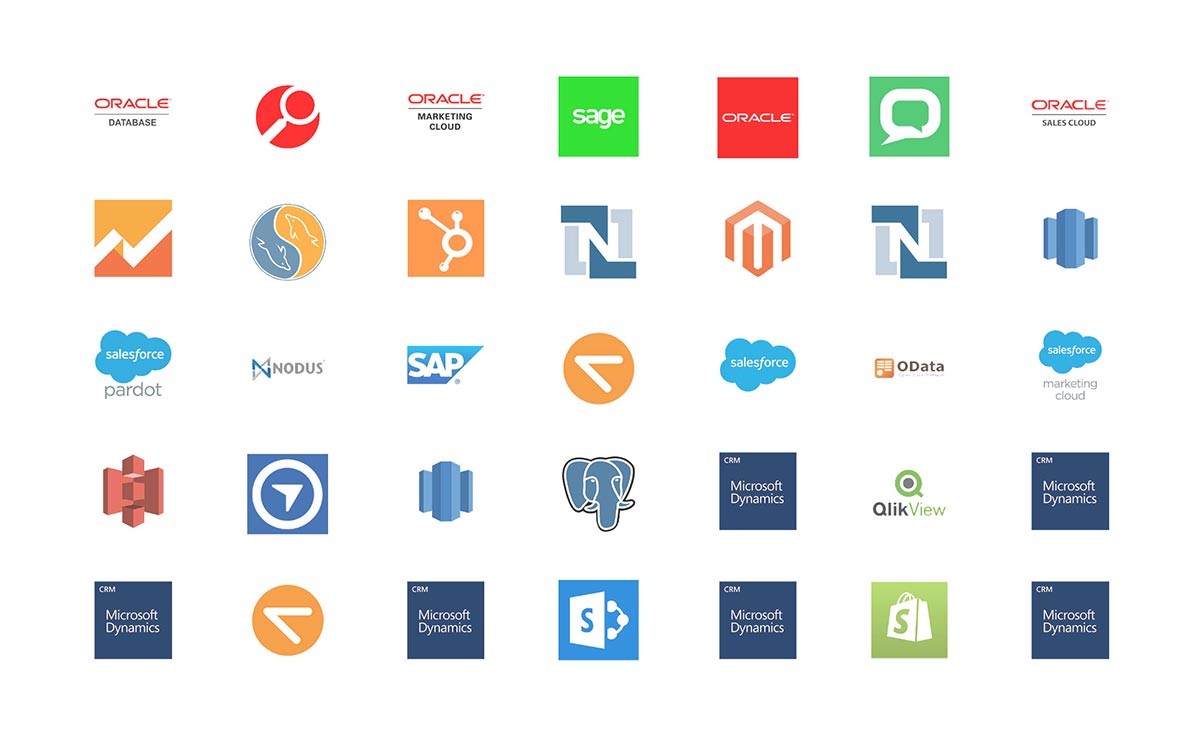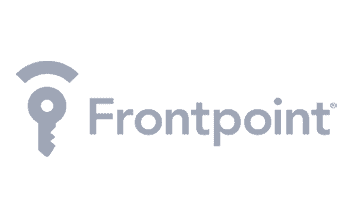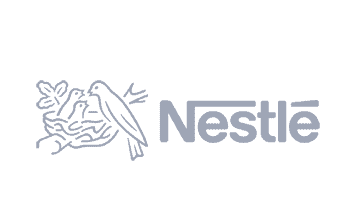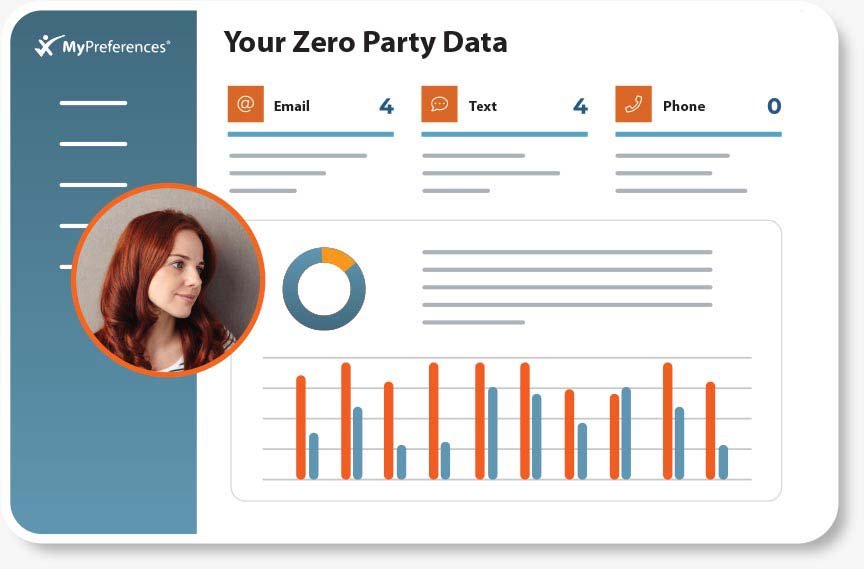Leverage Consent & Preference Data. Deliver Highly Personalized CX.
Foster deeper customer relationships by delivering customer centric experiences that enhance engagement and boost revenue, all while respecting customer privacy.
EXPLORE- No Code Designer
- Experience API
- Seamless Activation
BUILT FOR MARKETING & CX TEAMS
Build bespoke experiences with drag and drop ease.
Easy-to-use page designer helps you create and publish multilingual, fully responsive customer experiences without developer assistance.
Explore MyPreferences Sites
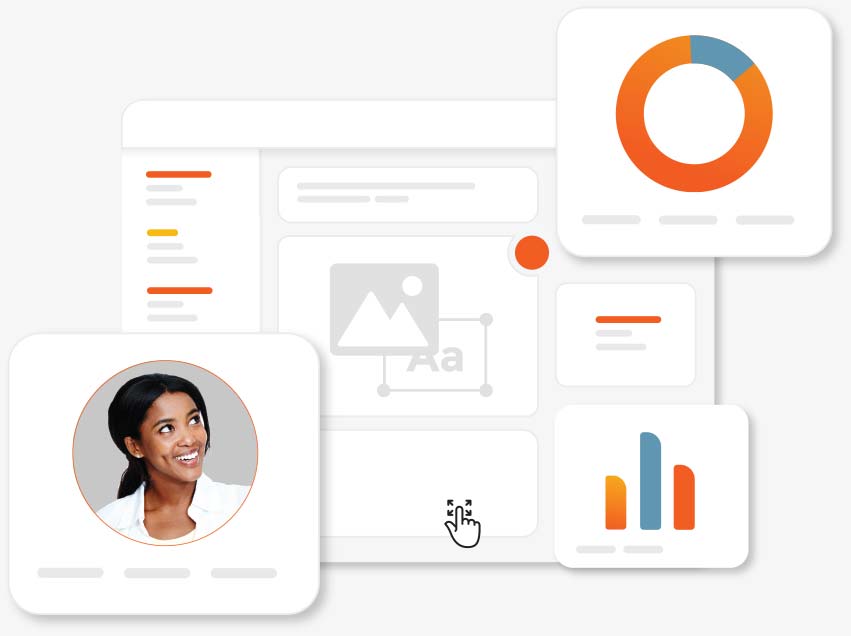
MYPREFERENCES API FOR DEVELOPERS
Purpose-built API for the next generation of digital experiences.
From micro experiences to full-featured preference centers and everything in between, the MyPreferences Experience API enables engineers to seamlessly drive customer experiences by leveraging zero-party data at every interaction.
Explore MyPreferences API

COMPREHENSIVE INTEGRATION ECOSYSTEM
Connect to any system, anywhere.
Leverage over 200+ pre-built connectors and native apps to effortlessly automate integrations and streamline access to zero-party data across your technology ecosystem.
Explore our integration library
